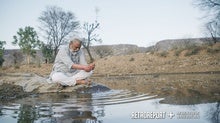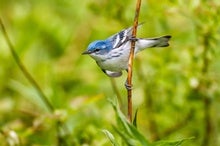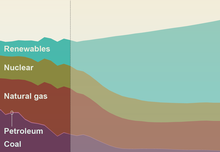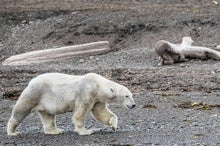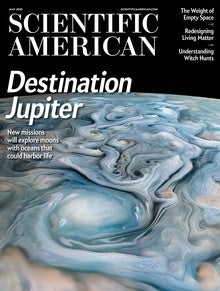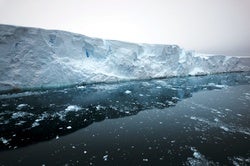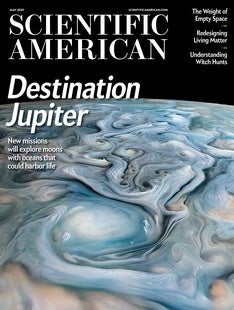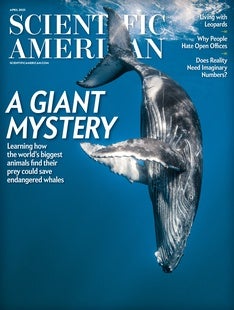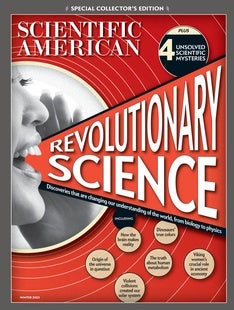 |
| April 21, 2023 |
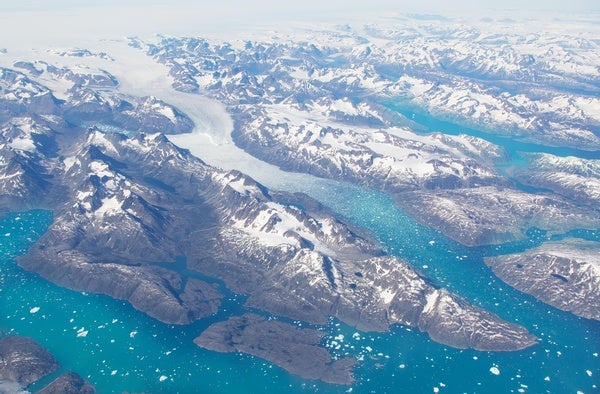 |
| |
| |
| |
| |
| |
| Renewable Energy Renewable Energy Is Charging Ahead Renewable energy has seen considerable growth in recent years, but there is a long way to go to achieve a clean energy future that averts the worst effects of the climate crisis | | | | |
| |
| |
| |
| |
| Food The Science of Melting Chocolate Researchers used an artificial tongue to understand how chocolate changes from a solid to a smooth emulsion | | By Clara Moskowitz,David Cheney | | | |
| |
| |
FROM THE STORE
 | | | |
FROM THE ARCHIVE
 | | | |
| |
LATEST ISSUES
 |
| |
| Questions? Comments?  | |
| Download the Scientific American App |
| |
| |


